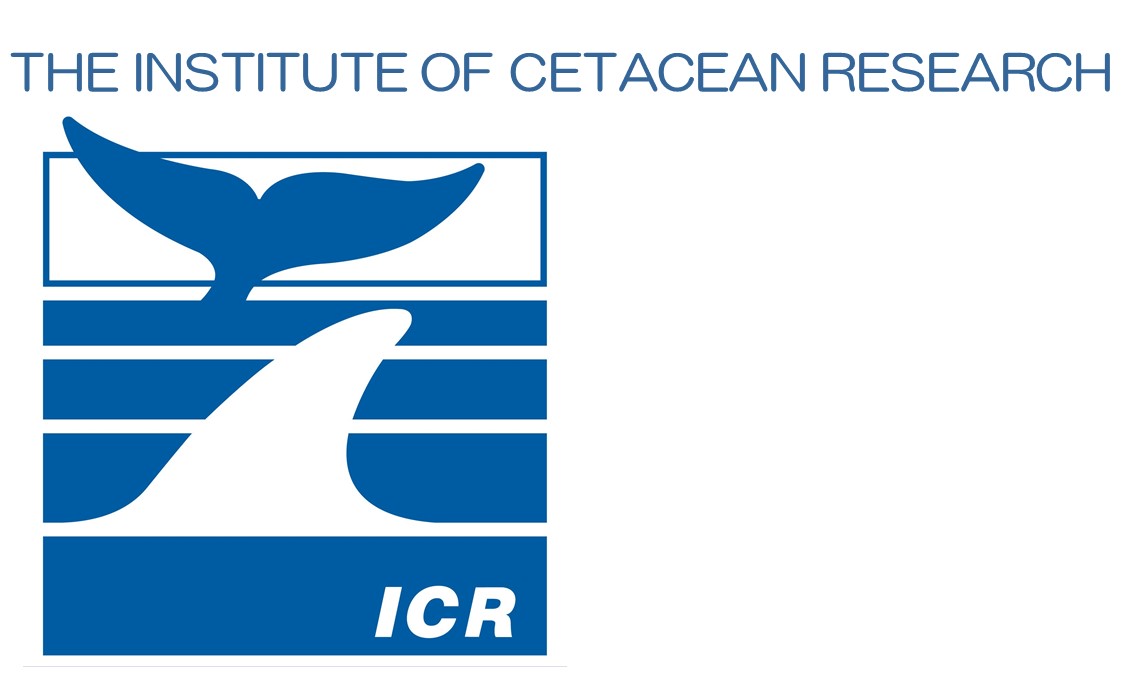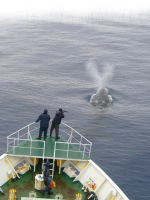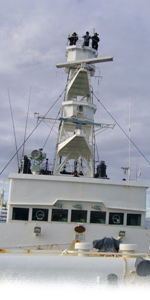ICR comments on the paper
"Are Antarctic minke whales unusually abundant because of 20th century whaling?"By Ruegg et al., Molecular Ecology.
The paper uses genetic analyses to estimate long term population sizes for Antarctic minke whales.
In its response to a previous paper by Roman and Palumbi (2003) using the same methodology the IWC Scientific Committee (SC) noted that there was considerable uncertainty in using these methods to estimate pre-whaling abundance. The new study by Ruegg et al. was presented to the 2009 meeting of the SC however, the results were not convincing and there remains considerable doubt that genetic methods can provide useful estimates of long term population abundance. IWC SC noted that caution is needed in using genetic methods to make inferences on absolute numbers.
Apart from the issue of uncertainties mentioned above the most relevant issue is whether or not evolutionary estimates are useful for management of whales. Ruegg et al. used an evolutionary estimate of the effective population size. Such estimates can not be assigned to a point in time narrow enough to assure that the estimates apply to the period just prior to the start of harvesting of Antarctic minke whales meaning that evolutionary estimates are of no utility for management purposes.
In part of this paper the authors suggest that "....some agencies advocate culling minke whales as a way to reduce competition with fisheries and to support the recovery of other over-harvested whales species". This is just a misunderstanding of what the JARPA II (Japanese whale research program) is doing in the Antarctic. One of the objectives of the JARPA II is to "Modeling competition among whale species and future management objectives". In the context of this objective and in addition to the "Krill surplus hypothesis" mentioned in the Ruegg et al. paper, several other hypotheses are being tested through the development of ecosystem modeling.
JARPA II contributes with important input data for the development of these ecosystem models such as abundance and stomach contents of whales.
Read more detailed commentary.Read the 2009 SC meeting report.
Read the JARPA II research plan.




